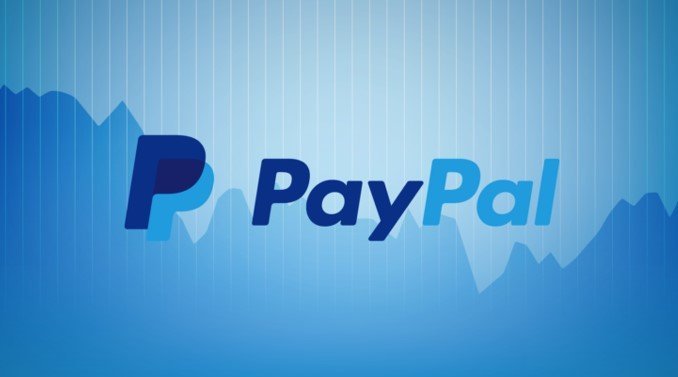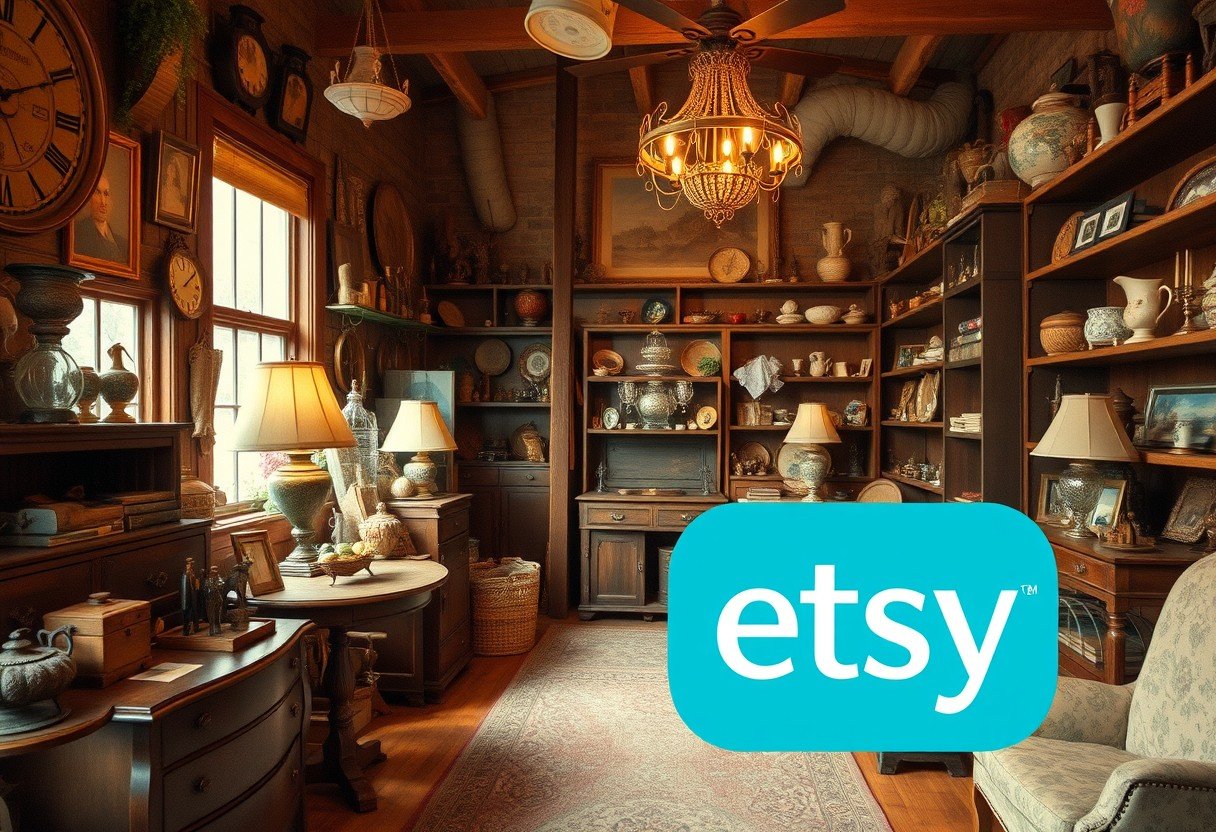A payment gateway is the technology that allows your online business to accept customer payments securely. It acts as a bridge between your website, your customer’s bank, and your bank, ensuring money is transferred safely and quickly. While essential for modern eCommerce, these systems have both significant advantages and potential drawbacks that every business owner should understand before choosing one.
What exactly is a Payment Gateway and How Does it Work?
Think of a payment gateway as the digital version of a physical credit card terminal you see in a retail store. It’s the software that securely captures a customer’s payment information on your website and sends it for processing.
The process is fast and happens behind the scenes in just a few seconds. When a customer makes a purchase, the gateway encrypts their sensitive data, like their credit card number, to protect it from fraudsters. It then sends this information to the payment processor, which communicates with the customer’s bank to check for sufficient funds and approve the transaction.
Once approved, the funds are transferred to your merchant account. This entire system is what makes instant online sales possible for businesses of all sizes. Popular examples you might recognize include PayPal, Stripe, and Amazon Pay.
Key Features to Look for in a Payment Gateway
Choosing the right payment gateway is a critical decision for any online business. The right choice can boost customer confidence and streamline your operations, while the wrong one can lead to lost sales and headaches. It’s not just about accepting money; it’s about the entire payment experience.
Before committing to a service, you should carefully review its features to ensure it aligns with your business needs. Consider how it integrates with your existing website, what kind of support it offers, and how quickly you can access your funds. Here are some of the most important features to consider:
- Security: Ensure the gateway is PCI DSS compliant. This is the industry standard for protecting cardholder data. Look for advanced fraud detection tools to minimize risk.
- Transaction Fees: Understand the entire fee structure. This can include setup fees, monthly fees, and per-transaction charges. Hidden costs can eat into your profits.
- Ease of Integration: The gateway should be easy to integrate with your eCommerce platform, whether you use Shopify, WooCommerce, or a custom-built site. A complex setup can be costly and time-consuming.
- Accepted Payment Methods: To maximize sales, offer the payment options your customers prefer. This includes major credit and debit cards, digital wallets like Apple Pay, and other popular methods.
- Payout Speed: Cash flow is vital. Check how long it takes for the payment gateway to deposit the funds into your bank account. Some are instant, while others can take several days.
The Major Benefits of Using a Payment Gateway
Integrating a payment gateway into your eCommerce site offers numerous advantages that go far beyond simply processing transactions. It enhances the customer experience and can directly contribute to business growth by making your checkout process smooth and trustworthy.
For merchants, the automation saves a huge amount of time compared to manual invoicing or waiting for bank transfers. Transactions are completed in minutes, 24/7, without any direct involvement needed from you. This efficiency allows you to focus on other aspects of your business.
Perhaps the biggest benefit is the ability to sell to anyone, anywhere. Research has shown that over 56% of online shoppers make purchases from overseas retailers. A payment gateway opens your business to a global market, dramatically increasing your potential customer base and sales volume.
Here is a quick comparison of the advantages and disadvantages:
| Advantages | Disadvantages |
|---|---|
| Fast and automated transactions | Risk of technical glitches and downtime |
| Access to a global customer base | Security vulnerabilities and fraud risk |
| Enhanced customer convenience | Can have hidden fees and charges |
| Improved security with encryption | Some have transaction limits |
Potential Drawbacks and Security Concerns
Despite their many benefits, payment gateways are not without their challenges. One of the most common issues is the potential for technical problems. Since they rely on complex technology and internet connectivity, gateways can experience downtime or glitches.
While providers often schedule maintenance during off-peak hours, unexpected outages can occur. An outage during a high-traffic period can result in a significant loss of sales and damage your brand’s reputation.
Security is another major concern. Online payments are a prime target for hackers and fraudsters. If a gateway has weak security, it could lead to a data breach, exposing your customers’ sensitive financial information. This not only results in financial loss but can also lead to legal trouble and a complete loss of customer trust.
Finally, businesses must be aware of potential hidden charges. Some gateways may advertise low transaction fees but have additional costs for things like setup, monthly maintenance, international payments, or handling chargebacks. These fees can add up and impact your overall profitability if not accounted for.
How to Minimize Risks Associated with Online Payments
While the risks are real, they can be effectively managed with the right precautions. The first and most important step is to choose a reputable and well-established payment gateway provider. Companies like PayPal and Stripe invest heavily in security and have robust systems to prevent fraud.
Always ensure your chosen gateway is fully PCI DSS compliant. This certification means they adhere to strict security standards for handling credit card information. Additionally, take advantage of the fraud protection tools they offer, such as AVS (Address Verification System) and CVV verification, to screen transactions for suspicious activity.
On your end, maintain a secure website by using an SSL certificate to encrypt all data transmitted between your customers and your server. Regularly update your eCommerce platform and all plugins to patch any security vulnerabilities. By taking a proactive approach to security, you can protect your business and give your customers peace of mind.
Frequently Asked Questions
What is the main purpose of a payment gateway?
A payment gateway’s main purpose is to securely authorize and process online payments. It acts as a secure link between an eCommerce website and the bank to ensure that customer payment data is transmitted safely and the transaction is completed efficiently.
Are payment gateways safe to use?
Yes, reputable payment gateways are very safe. They use strong encryption and must comply with the Payment Card Industry Data Security Standard (PCI DSS) to protect sensitive data. However, the overall security also depends on the business’s website security and the customer’s own practices.
How much does a payment gateway cost?
Costs vary widely between providers. Most charge a per-transaction fee, which is often a small percentage of the sale plus a fixed amount (e.g., 2.9% + $0.30). Some may also have monthly fees, setup fees, or charges for additional features.
Can I accept international payments with a gateway?
Yes, most major payment gateways support international payments and can handle multiple currencies. This is a key feature for businesses looking to sell to a global audience. Be sure to check the specific currencies and countries supported by the provider.
What is the difference between a payment gateway and a payment processor?
A payment gateway securely captures and transmits payment data from the customer to the processor. The payment processor then communicates with the banks to execute the fund transfer. They work together, but the gateway is the customer-facing part of the transaction.









Leave a Comment